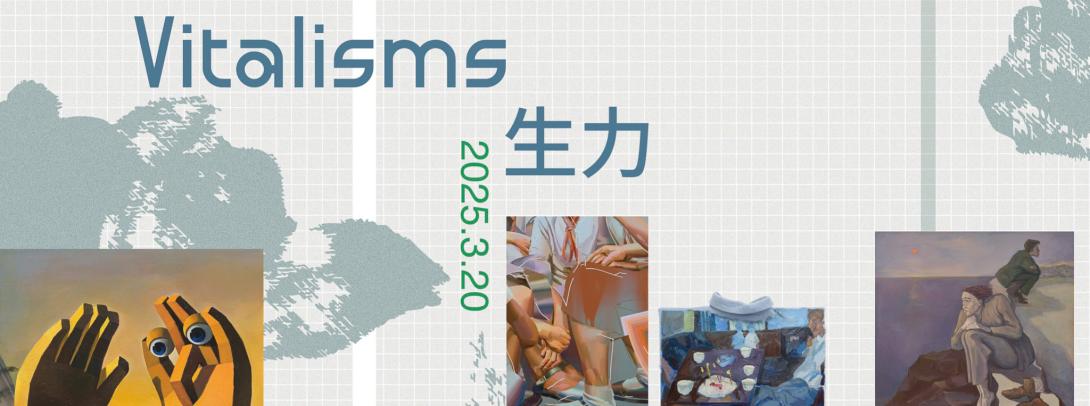NYU Shanghai’s Institute of Contemporary Arts (ICA) began the second season of its two-year long artistic research program Lightless Fires with the launch of a new research project and exhibition, Vitalisms, on March 20, featuring the work of seven Chinese painters, all born in the 1980s and 1990s: Cai Zebin, Cao Xiang, Cui Jie, Gao Xiaoyi, Li Ran, Xie Lingrou, and Zheng Zhilin.
The exhibition features figurative paintings made in the past five years and examines how these artworks reflect the time and place they were created. Keeping the focus of exploring “collective memory, autonomous archiving, and writing history,” in this exhibition the paintings become source documents that form a personal or collective memory and potentially challenge dominant historical narratives.
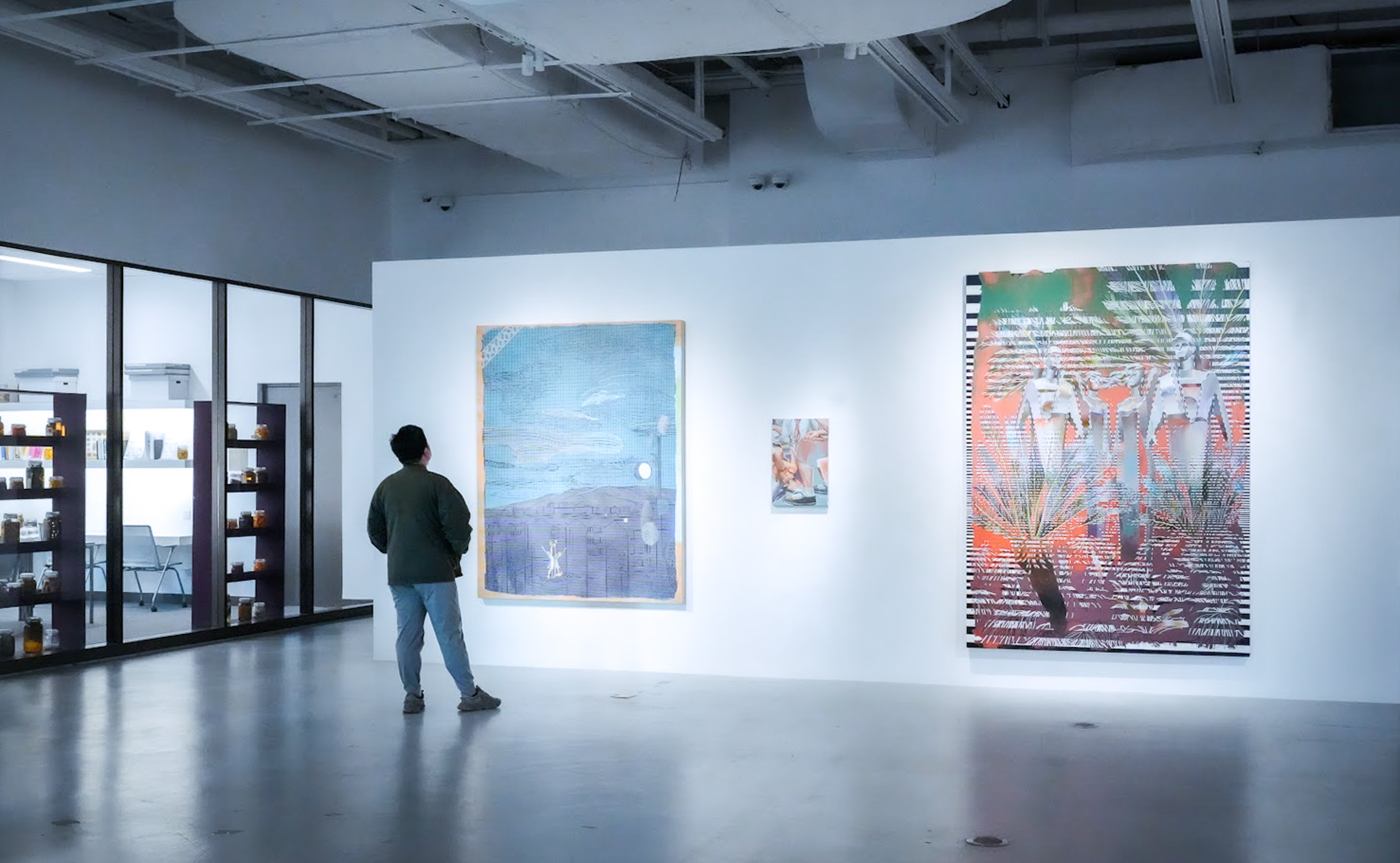
Xie Lingrou, whose paintings Blooming Days (2024) and Running on Empty (2023) are on display, emphasized the form’s relationship to time and memory. “Painting carries the traces of time; it allows emotions and details to emerge slowly through the accumulation of layers,” she said. “The deposition of paint, the texture of the canvas itself becomes a carrier of memory and a reconstruction of time. This approach is perfect for expressing the mutilation and distortion of memory.” Xie’s work attempts to establish connections between her life experiences and the objects she depicts, reshaping and reconstructing memories using multi-layered, obscured imagery.
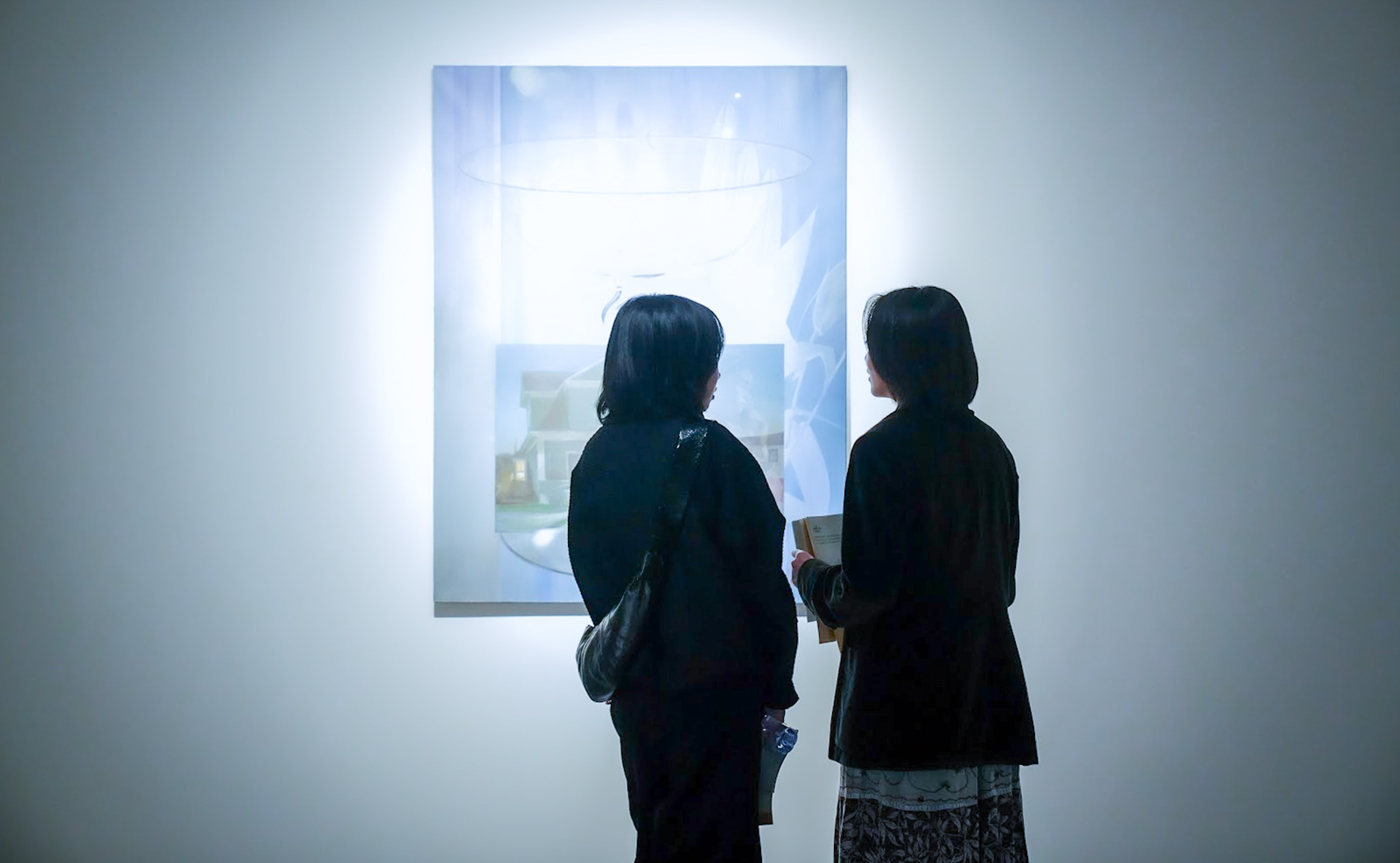
Gao Xiaoyi, whose works Train (2023) and Yesterday, My Father and My Mother (2022) are included in the exhibition, combines “readymade objects with traditional painting materials [to reflect] on her hometown, nostalgia, personal identity, history, and relationships.” Because the nature of creating a painting is highly personal, she said, the audience can get a view into the artist’s perspective. “When you look at a painting, you can establish a very intimate connection with the artist, sometimes not through the subject matter but through the touch of paint,” she said.
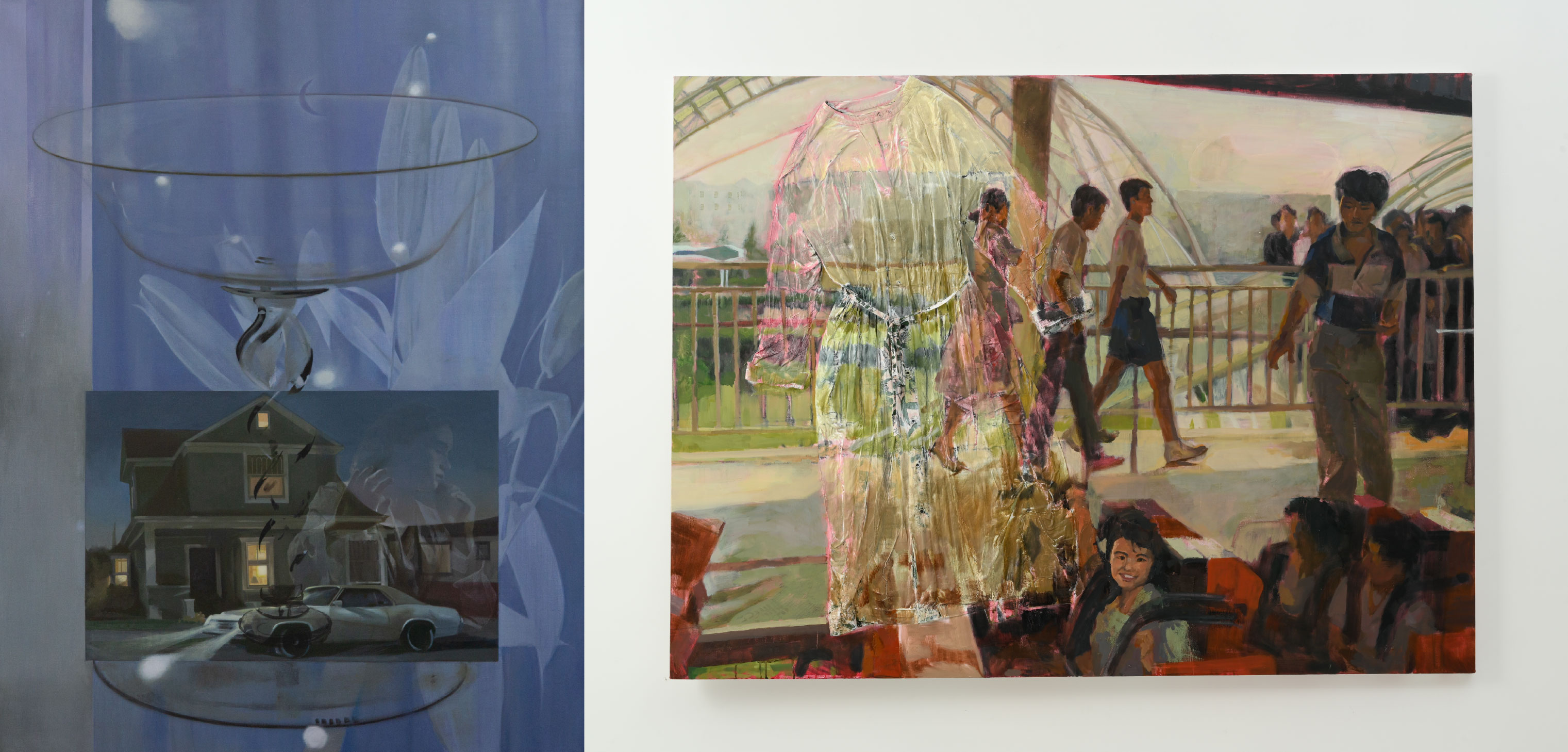
Over the course of the semester, ICA will host weekly discussions with the artists to discuss their paintings and how they are situated in history. ICA Director and Curator Michelle Yeonho Hyun says the exhibition encourages viewers to explore how paintings could function as cultural artifacts. “Since paintings are probably the most accessible or readily recognizable art form, people can talk about them,” she said. “My hope is that [the exhibition] is an educational opportunity to offer the public tools with which to engage with painting directly from the artist.”
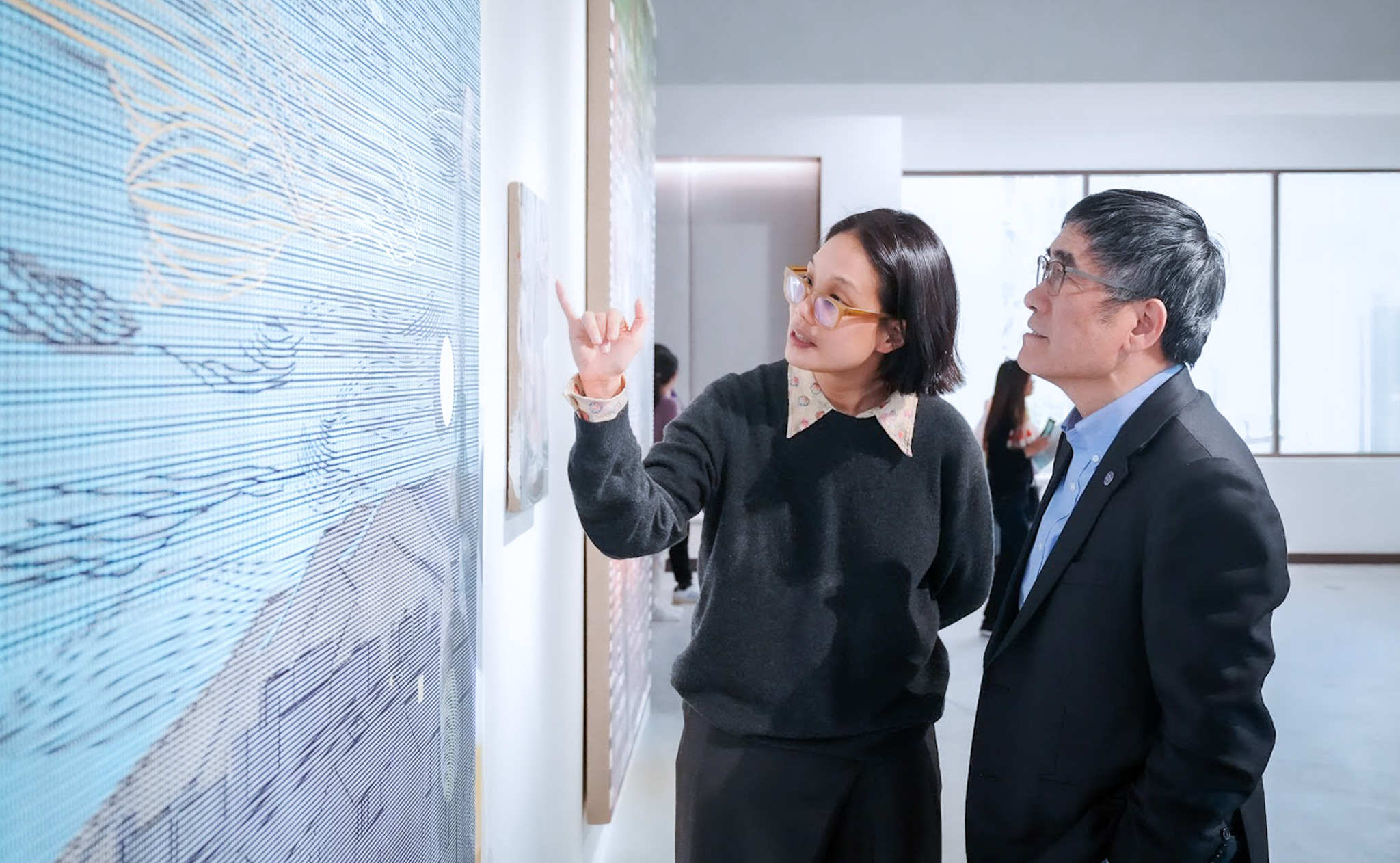
In addition, ICA will host a screening of Jilu Camp: Workers’ New Villages on March 29, featuring short documentaries from nine local filmmakers about these residential complexes built in the mid-20th century to house industrial workers in Shanghai, and a talk with critic and curator Zian Chen on June 14 about the enduring practices that modern and socialist era Chinese painters use that influence contemporary painting. All events are free and open to the public. Vitalisms will run until June 14.
